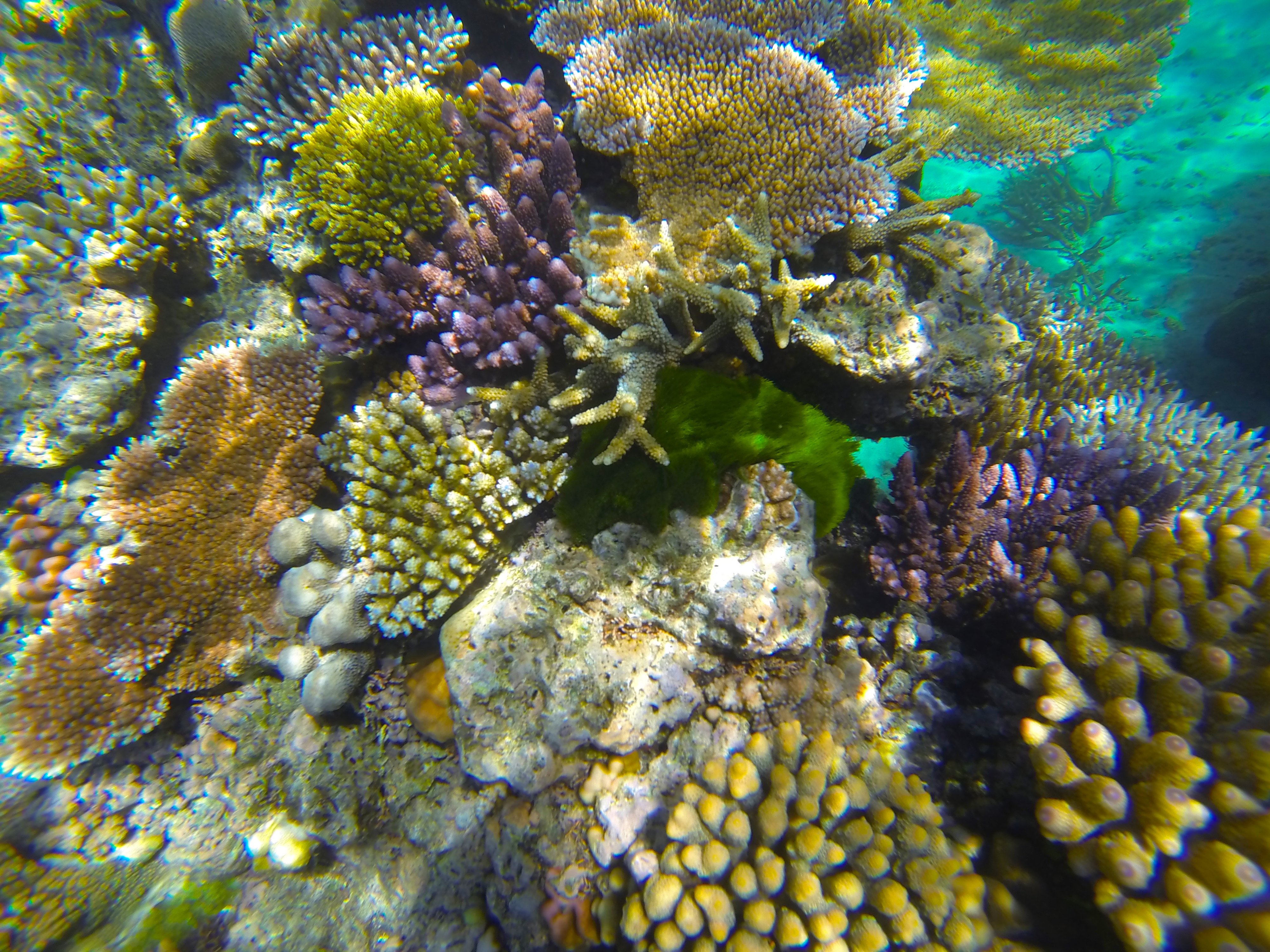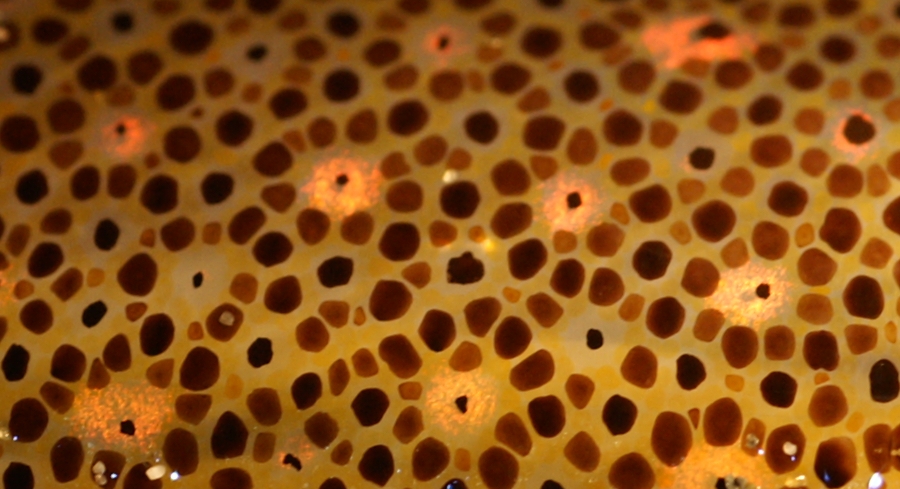|
Ascarosepion Mestus
''Ascarosepion mestus'', also known as the reaper cuttlefish or red cuttlefish, is a species of cuttlefish native to the southwestern Pacific Ocean, specifically Escape Reef off Queensland () to Murrays Beach off Jervis Bay (). Reports of this species from China and Vietnam are now known to be misidentifications. ''A. mestus'' lives at a depth of between 0 and 22 m.Reid, A., P. Jereb, & C.F.E. Roper 2005. Family Sepiidae. ''In:'' P. Jereb & C.F.E. Roper, eds. ''Cephalopods of the world. An annotated and illustrated catalogue of species known to date. Volume 1. Chambered nautiluses and sepioids (Nautilidae, Sepiidae, Sepiolidae, Sepiadariidae, Idiosepiidae and Spirulidae)''. FAO Species Catalogue for Fishery Purposes. No. 4, Vol. 1. Rome, FAO. pp. 57–152. ''Ascarosepion mestus'' exhibits sexual dimorphism. Females grow to a mantle length (ML) of , while males do not exceed ML. The type specimen was collected off the Australian coast and is deposited at The Natural History M ... [...More Info...] [...Related Items...] OR: [Wikipedia] [Google] [Baidu] |
John Edward Gray
John Edward Gray (12 February 1800 – 7 March 1875) was a British zoologist. He was the elder brother of zoologist George Robert Gray and son of the pharmacologist and botanist Samuel Frederick Gray (1766–1828). The same is used for a zoological name. Gray was keeper of zoology at the British Museum in London from 1840 until Christmas 1874, before the natural history holdings were split off to the Natural History Museum. He published several catalogues of the museum collections that included comprehensive discussions of animal groups and descriptions of new species. He improved the zoological collections to make them amongst the best in the world. Biography Gray was born in Walsall, but his family soon moved to London, where Gray studied medicine. He assisted his father in writing ''The Natural Arrangement of British Plants'' (1821). After being blackballed by the Linnean Society of London, Gray shifted his interest from botany to zoology. He began his zoological ... [...More Info...] [...Related Items...] OR: [Wikipedia] [Google] [Baidu] |
Ascarosepion
''Ascarosepion'' is a genus of cuttlefish inhabiting the coastal regions of the Indian Ocean and East Pacific (comprising part of the Indo-Pacific region). The genus varies wildly in size, from the two species of small, colorful cuttlefish formerly classified in the genus ''Metasepia'', to the largest species of extant cuttlefish, the giant cuttlefish. Taxonomy ''Ascarosepion'' was described in 1884 by French malacologist Alphonse Trémeau de Rochebrune in 1884. He diagnosed it as possessing an "ovoid body, with narrow fins. Arms very short but robust which end abruptly in pointed tips. Suckers of varied size set on 3-4 rows. Buccal membrane narrow and wrinkled. The thin, elliptical cuttlebone resembles to a sandal in shape, with a rugose and convex dorsal surface and very flat bottom; two enormous calcareous "wings", acuminated at the front and very wide at the rear." ( transl.) The name is derived from a combination of the Greek words ''askaros'' ( ἄσκαρος, transl ... [...More Info...] [...Related Items...] OR: [Wikipedia] [Google] [Baidu] |
Cephalopod
A cephalopod is any member of the molluscan Taxonomic rank, class Cephalopoda (Greek language, Greek plural , ; "head-feet") such as a squid, octopus, cuttlefish, or nautilus. These exclusively marine animals are characterized by bilateral symmetry, bilateral body symmetry, a prominent head, and a set of cephalopod arm, arms or tentacles (muscular hydrostats) modified from the primitive molluscan foot. Fishers sometimes call cephalopods "inkfish", referring to their common ability to squirt Cephalopod ink, ink. The study of cephalopods is a branch of malacology known as teuthology. Cephalopods became dominant during the Ordovician period, represented by primitive nautiloids. The class now contains two, only distantly related, Extant taxon, extant subclasses: Coleoidea, which includes octopuses, squid, and cuttlefish; and Nautiloidea, represented by ''Nautilus (genus), Nautilus'' and ''Allonautilus''. In the Coleoidea, the molluscan shell has been internalized or is absent, where ... [...More Info...] [...Related Items...] OR: [Wikipedia] [Google] [Baidu] |
Hectocotylus
A hectocotylus (: hectocotyli) is one of the arms of male cephalopods that is specialized to store and transfer spermatophores to the female. Structurally, hectocotyli are muscular hydrostats. Depending on the species, the male may use it merely as a conduit to the female, analogously to a penis in other animals, or he may wrench it off and present it to the female. The hectocotyl arm was first described in Aristotle's biological works. Although Aristotle knew of its use in mating, he was doubtful that a tentacle could deliver sperm. The name ''hectocotylus'' was devised by Georges Cuvier, who first found one embedded in the mantle of a female argonaut. Thinking it to be a parasitic worm, in 1829 Cuvier gave it a generic name (''Hectocotyle''), which is a New Latin term combining the Greek words for "hundred" (''hec(a)to(n)'') and for "hollow thing, cup" ('' cotyle''). Structure Generalized anatomy of squid and octopod hectocotyli: Variability Hectocotyli are shaped i ... [...More Info...] [...Related Items...] OR: [Wikipedia] [Google] [Baidu] |
Chromatophore
Chromatophores are cells that produce color, of which many types are pigment-containing cells, or groups of cells, found in a wide range of animals including amphibians, fish, reptiles, crustaceans and cephalopod A cephalopod is any member of the molluscan Taxonomic rank, class Cephalopoda (Greek language, Greek plural , ; "head-feet") such as a squid, octopus, cuttlefish, or nautilus. These exclusively marine animals are characterized by bilateral symm ...s. Mammals and birds, in contrast, have a class of cells called melanocytes for animal coloration, coloration. Chromatophores are largely responsible for generating skin and eye color, eye colour in ectothermic animals and are generated in the neural crest during embryonic development. Mature chromatophores are grouped into subclasses based on their colour under white light: xanthophores (yellow), erythrophores (red), iridophores (reflective / iridescence, iridescent), leucophores (white), melanophores (black/brown), and c ... [...More Info...] [...Related Items...] OR: [Wikipedia] [Google] [Baidu] |
Red Cuttle Hunting
Red is the color at the long wavelength end of the visible spectrum of light, next to orange and opposite violet. It has a dominant wavelength of approximately 625–750 nanometres. It is a primary color in the RGB color model and a secondary color (made from magenta and yellow) in the CMYK color model, and is the complementary color of cyan. Reds range from the brilliant yellow-tinged scarlet and vermillion to bluish-red crimson, and vary in shade from the pale red pink to the dark red burgundy. Red pigment made from ochre was one of the first colors used in prehistoric art. The Ancient Egyptians and Mayans colored their faces red in ceremonies; Roman generals had their bodies colored red to celebrate victories. It was also an important color in China, where it was used to color early pottery and later the gates and walls of palaces. In the Renaissance, the brilliant red costumes for the nobility and wealthy were dyed with kermes and cochineal. The 19th century brought the i ... [...More Info...] [...Related Items...] OR: [Wikipedia] [Google] [Baidu] |




